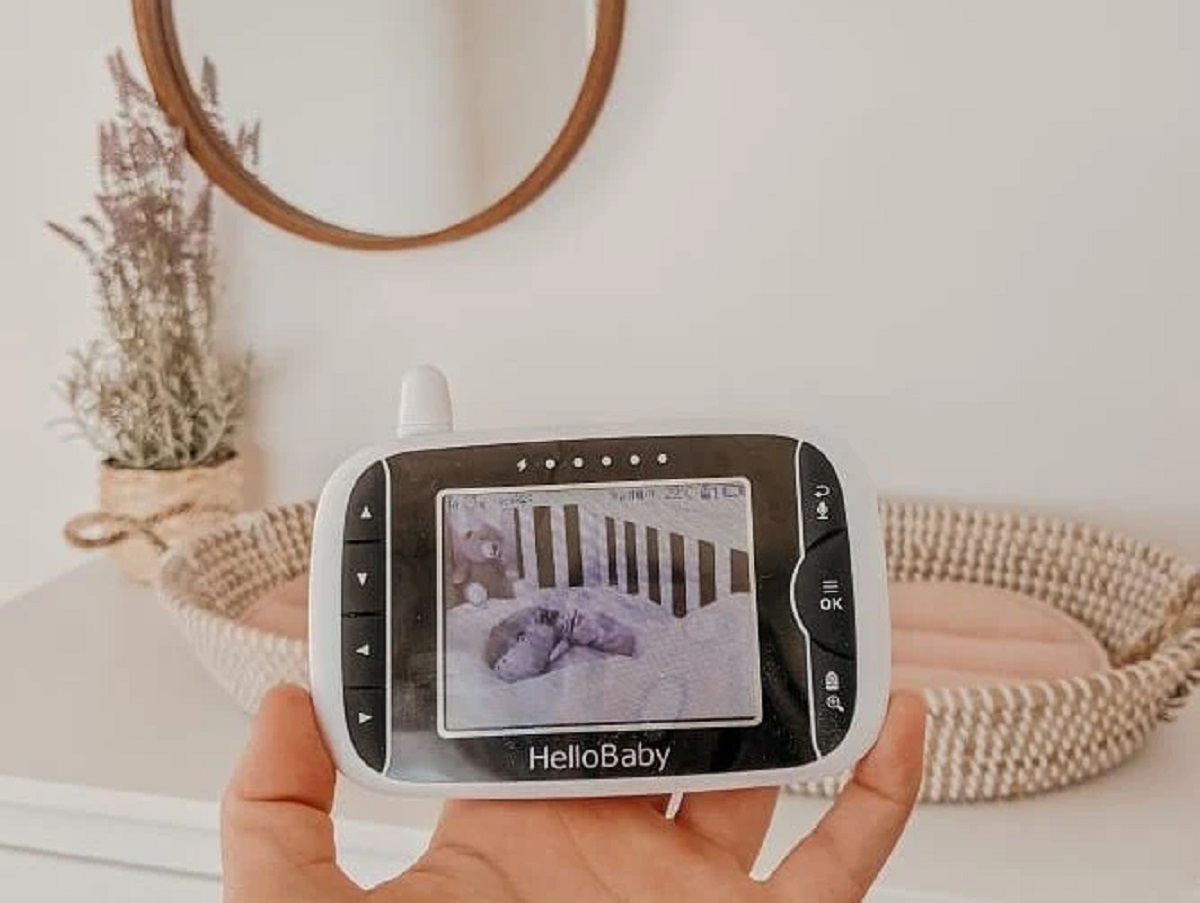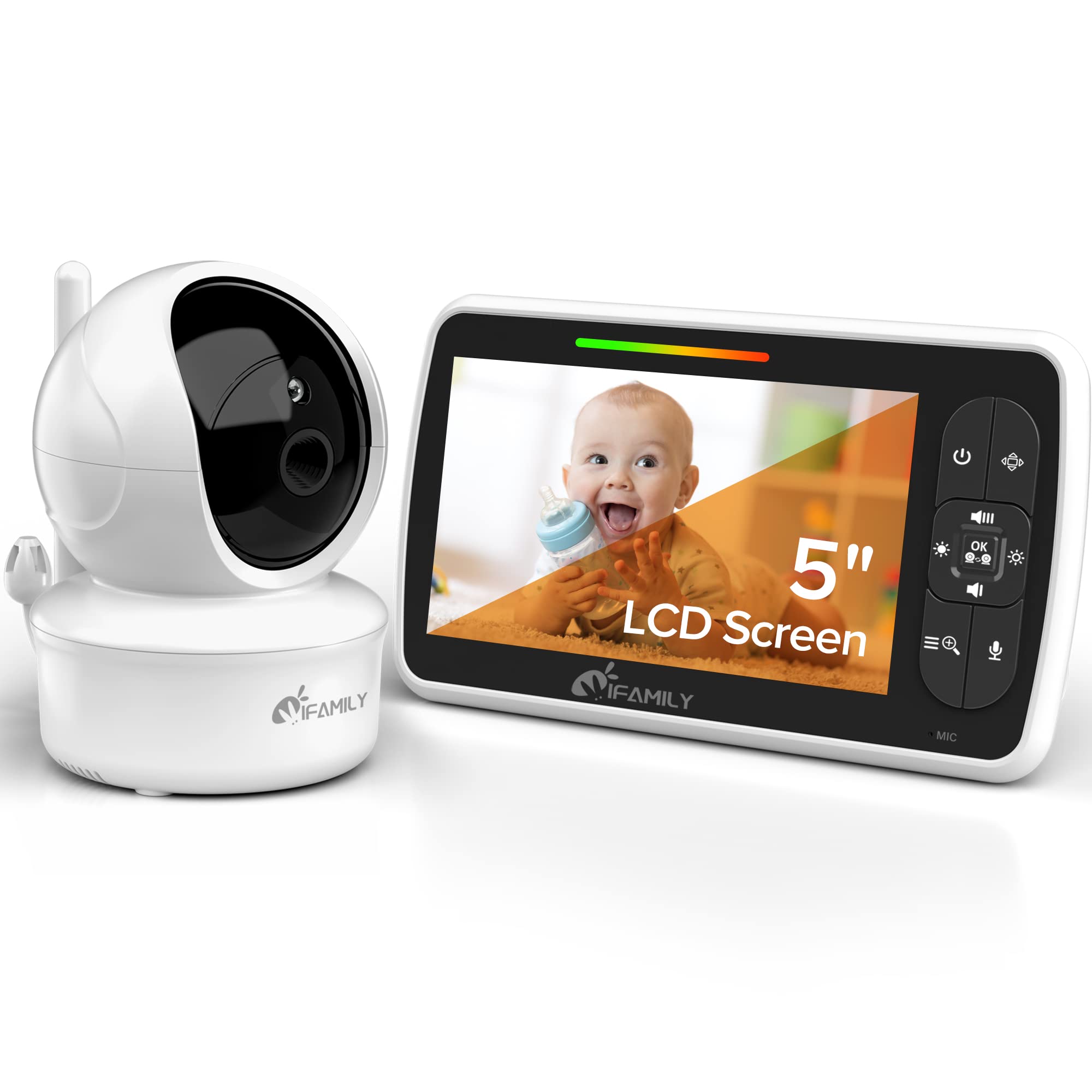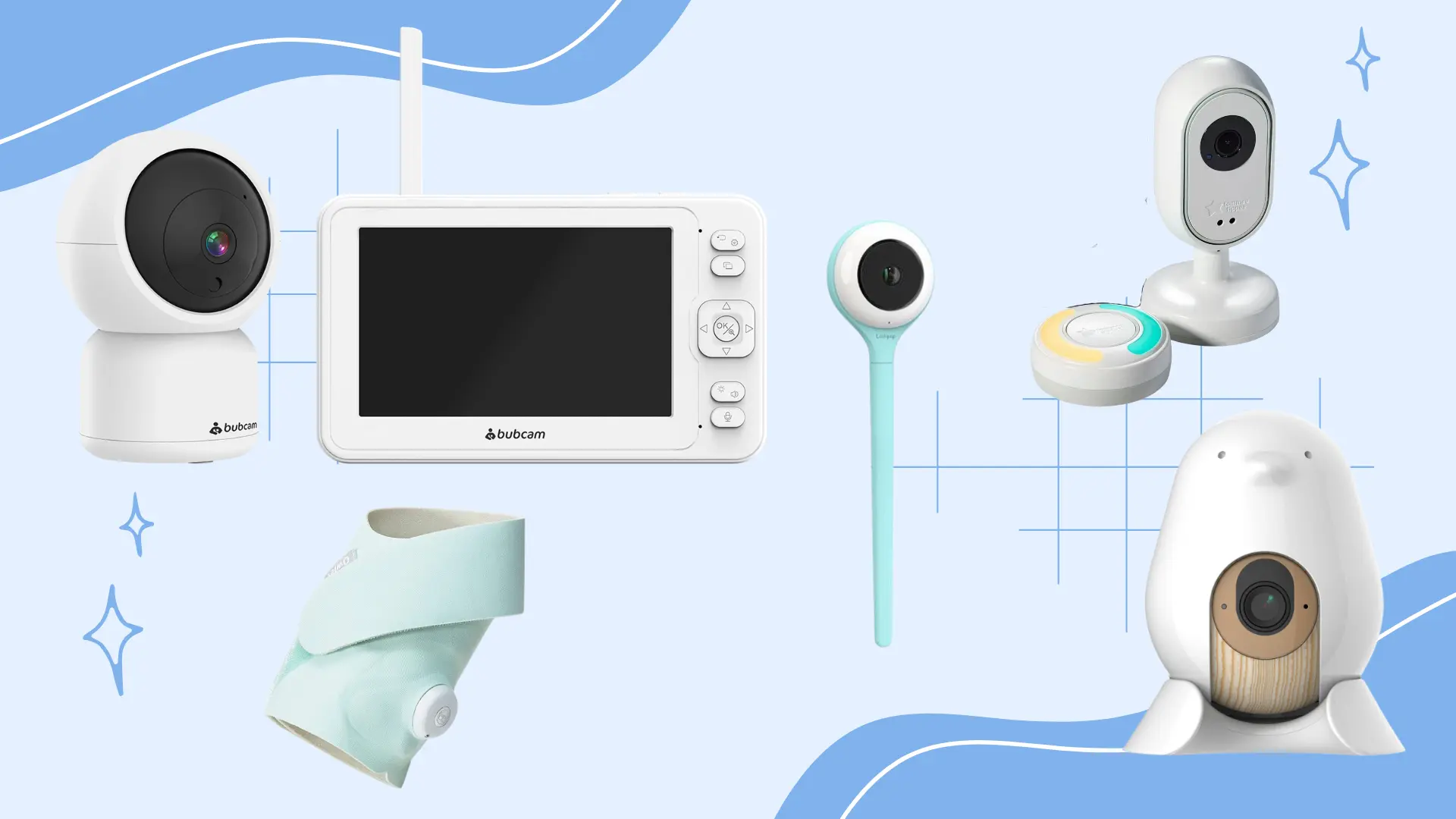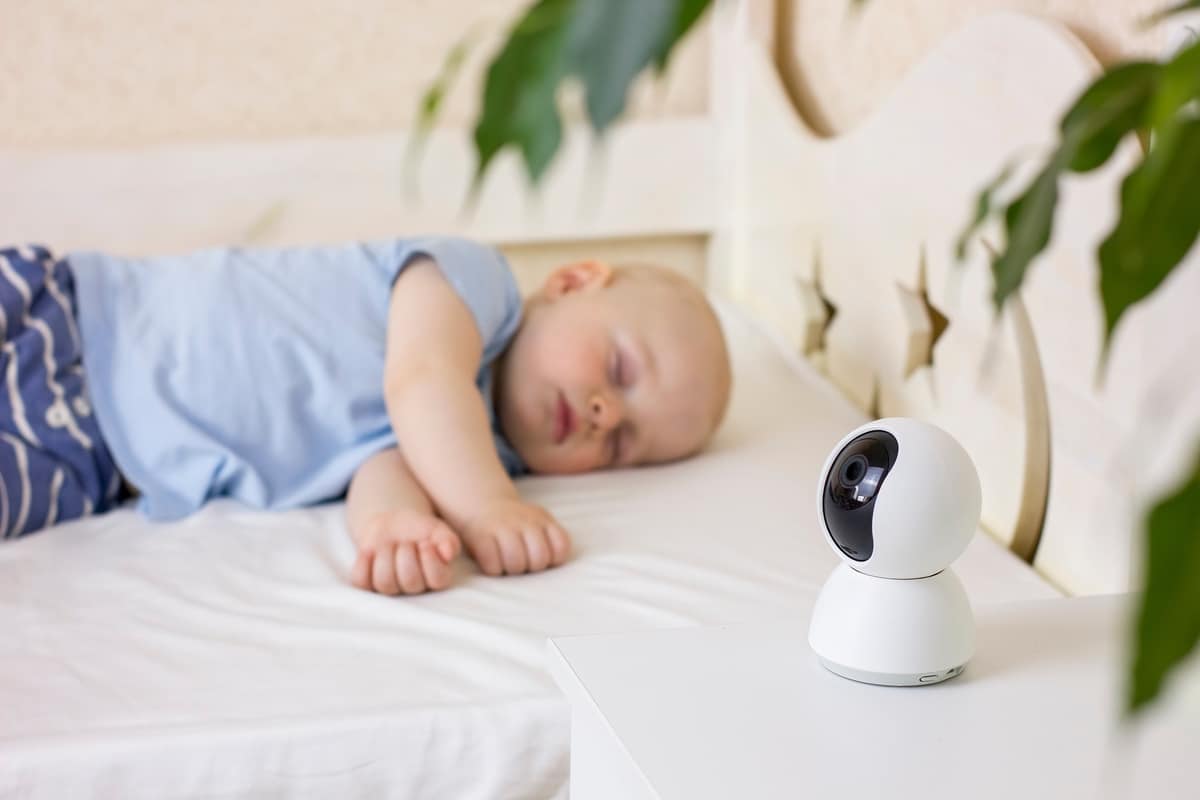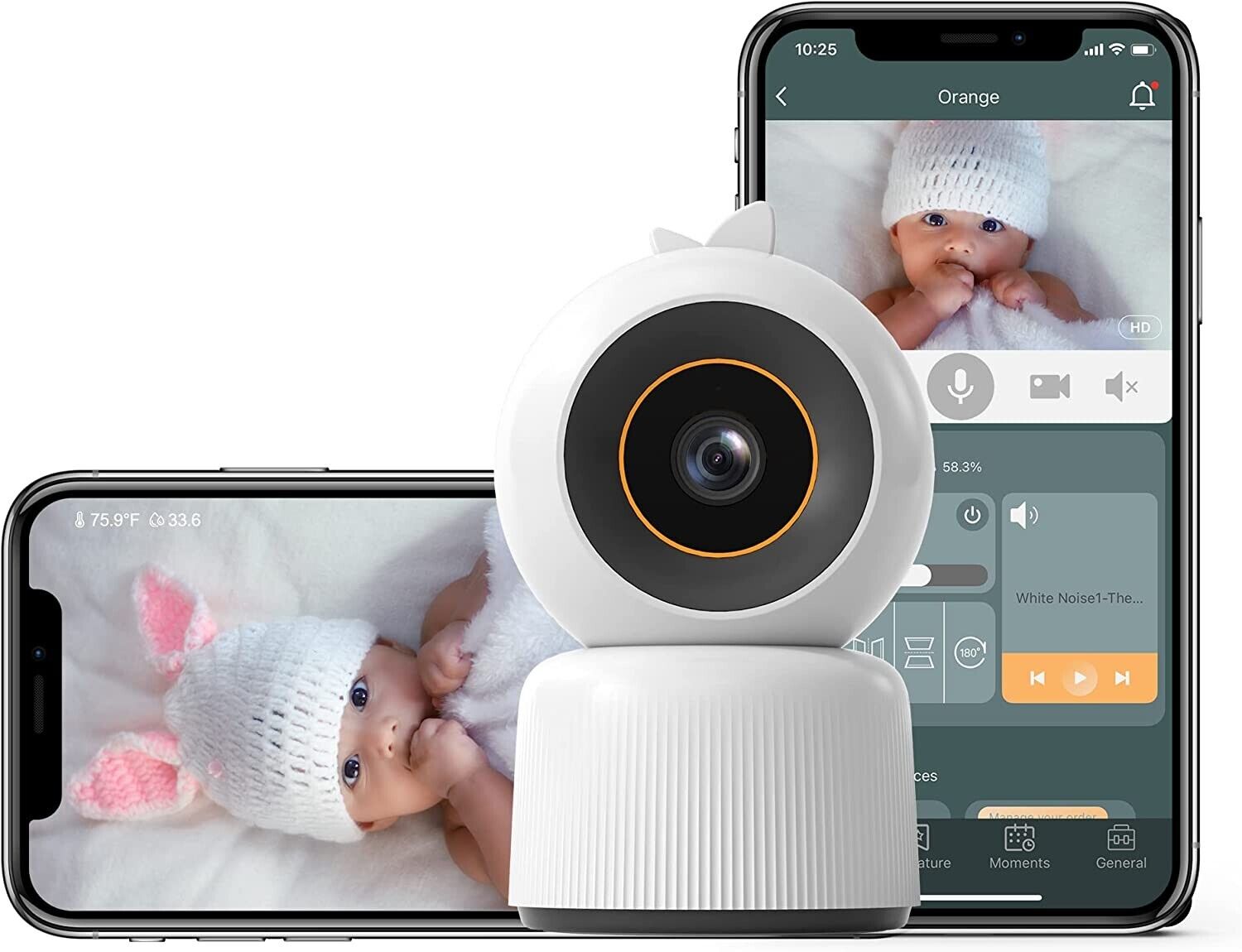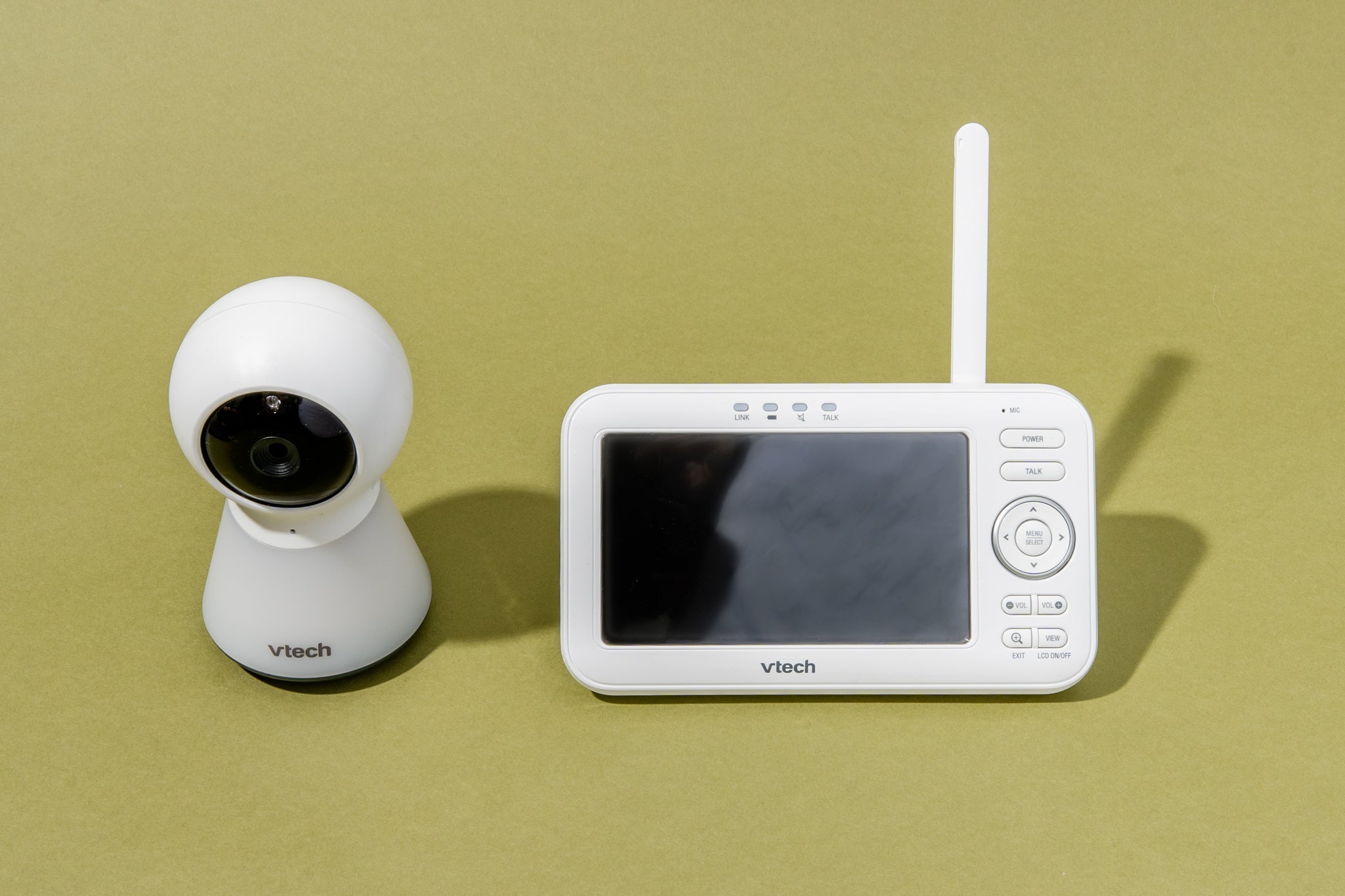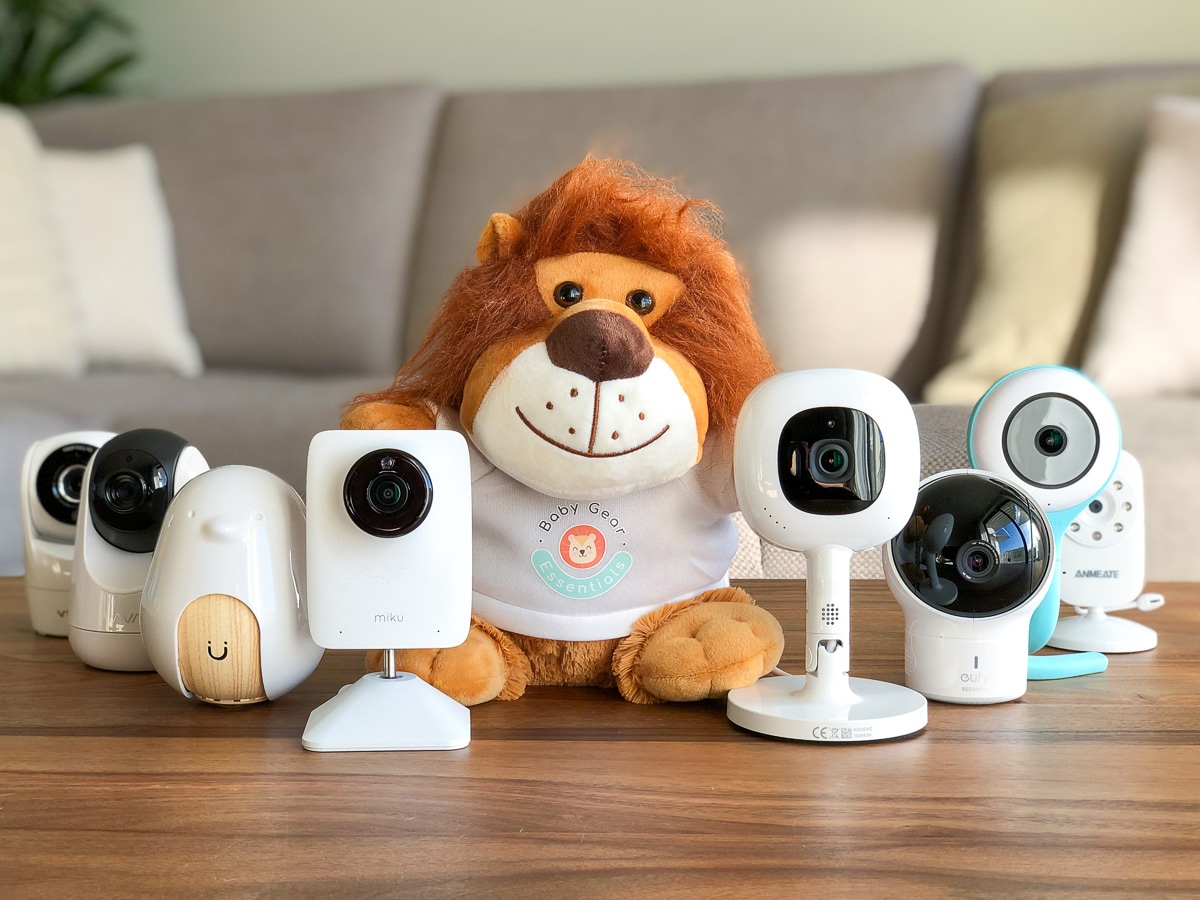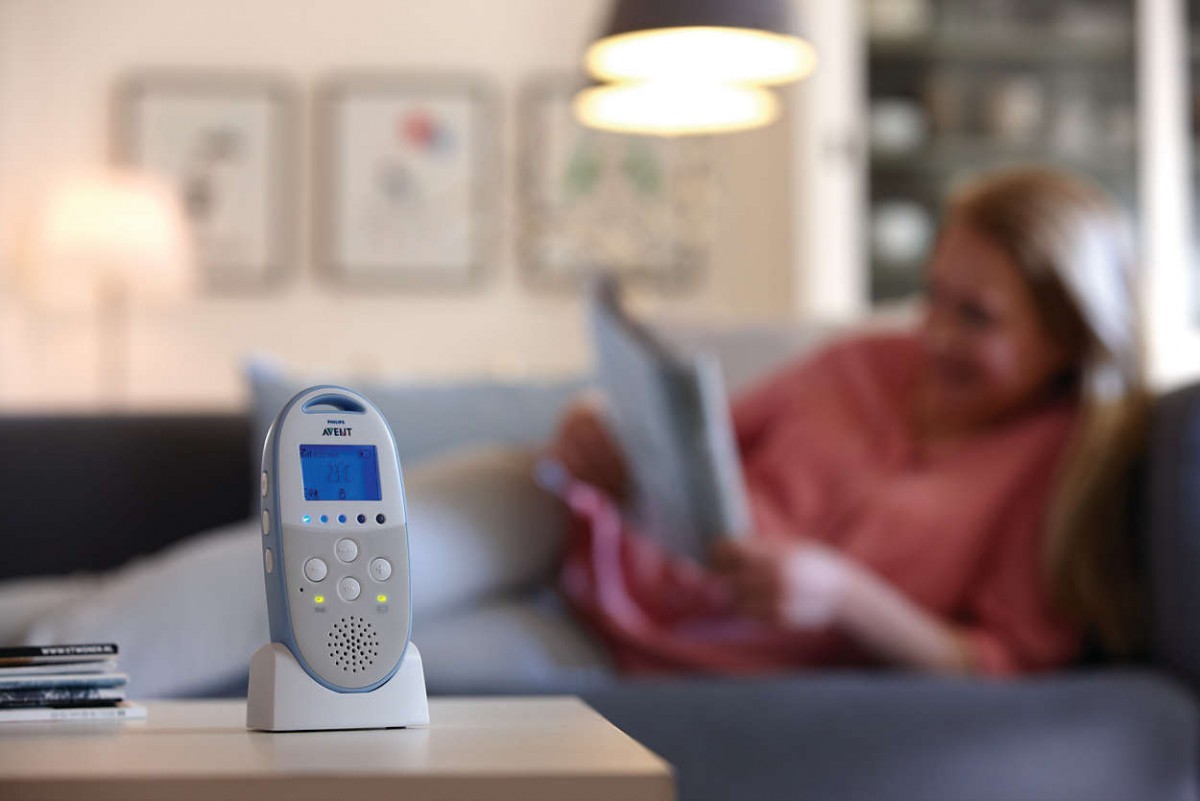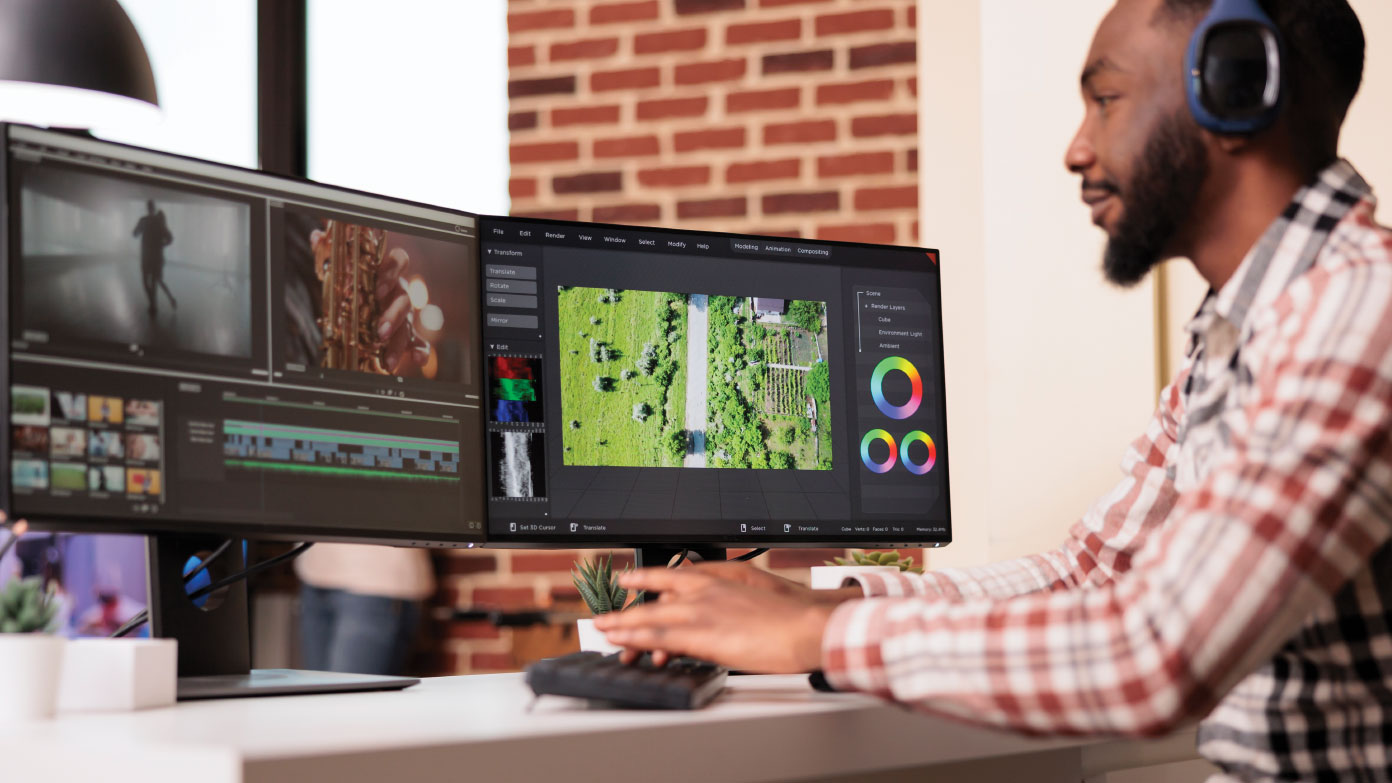What Does VOX Mean on a Baby Monitor?
Introduction
In today’s fast-paced world, parents are constantly seeking ways to ensure the safety and well-being of their infants. A crucial tool that has become a staple in every newborn’s nursery is a baby monitor. These devices offer peace of mind by allowing parents to keep an ear and eye on their little ones, even when they are not physically present in the room.
One commonly encountered feature on baby monitors is VOX, which stands for Voice-Operated Exchange. This technology enables the baby monitor to automatically switch on and transmit audio or video to the parent unit when it detects sound or movement in the baby’s room. This convenience feature has revolutionized the way parents monitor their babies and has made baby monitors even more functional and user-friendly.
In this article, we will delve deeper into the concept of baby monitors, explore the significance of VOX, and discuss its benefits and limitations. Whether you are a new parent looking to invest in a baby monitor or simply curious about how this technology works, this article is here to guide you through it all.
What is a Baby Monitor?
A baby monitor is a device designed to help parents monitor the activities and well-being of their baby while they are in another room or even in a different part of the house. It consists of two main components: a baby unit, which is placed in the nursery near the baby, and a parent unit, which the parents keep with them. The baby unit is equipped with a microphone, camera (in case of video monitors), and sensors that detect sound or movement. The parent unit receives the signals from the baby unit and relays them to the parents, allowing them to monitor their baby without constant physical presence.
There are different types of baby monitors available in the market today. Traditional audio baby monitors transmit sound from the baby’s room to the parent unit, while video baby monitors provide both audio and video feeds. Some advanced models even include features like two-way talk, temperature sensors, night vision, and lullabies to further enhance the monitoring experience.
Baby monitors offer convenience and peace of mind to parents, enabling them to carry out household chores, relax, or work, while still being aware of their baby’s activities. They provide an extra layer of security, especially during nap times or at night, when parents are not in the same room as their baby.
Why do You Need a Baby Monitor?
Having a baby monitor has become an essential tool for parents, offering numerous benefits and reasons why you should consider investing in one:
- Peace of Mind: A baby monitor provides reassurance and peace of mind, allowing you to monitor your baby’s well-being, even when you are not in the same room. It gives you the freedom to attend to other tasks while still keeping a watchful eye and ear on your little one.
- Safety: By utilizing a baby monitor, you can ensure that your baby is safe and secure at all times. It enables you to detect any unusual sounds, movements, or distress signals from your baby, allowing you to respond promptly and provide necessary assistance or intervention.
- Sleep Training: Baby monitors can be beneficial for sleep training purposes. By being able to hear or see your baby’s behavior during sleep, you can establish and maintain consistent sleep routines, identify sleep patterns, and intervene when necessary to soothe or comfort your baby.
- Parental Convenience: With a baby monitor, you can carry out daily household tasks, relax, or engage in other activities, knowing that you will be alerted if your baby needs attention. It provides parents with the flexibility to be in different parts of the house while still keeping a close watch on their little one.
- Monitoring Sick or Elderly Relatives: Baby monitors can also be used for monitoring sick or elderly family members who may require assistance or supervision. This additional functionality makes baby monitors a versatile and valuable device to have in any home.
Overall, a baby monitor enhances parental peace of mind, promotes safety, aids in sleep training, provides convenience, and offers versatility for monitoring other family members. It is a valuable investment that can greatly benefit both parents and babies alike.
Different Types of Baby Monitors
There are several types of baby monitors available in the market, each offering unique features and functionalities to meet the specific needs of parents. The main types of baby monitors include:
- Audio Baby Monitors: These are the most basic type of baby monitors that transmit audio signals from the baby’s room to the parent unit. They allow parents to listen to their baby’s sounds, cries, and movements. Some models come with additional features like two-way communication, where parents can talk soothingly to their baby through the monitor.
- Video Baby Monitors: Video baby monitors provide both audio and video feeds, allowing parents to see and hear their baby. These monitors usually come with a camera in the baby’s room and a parent unit with a display screen. Video monitors enable parents to observe their baby’s movements, facial expressions, and sleep patterns for a more comprehensive monitoring experience.
- Motion Sensor Baby Monitors: These monitors use motion sensors to detect the baby’s movements. They are particularly useful for newborns or infants who are at risk of sudden infant death syndrome (SIDS). The motion sensor sends an alert to the parent unit if no movement is detected for a specified period, providing parents with an early warning sign if their baby stops breathing or moves abnormally.
- Smart Baby Monitors: Smart baby monitors connect to your Wi-Fi network and offer additional features through a smartphone app. They allow remote monitoring, access to video and audio feeds from anywhere, and may offer advanced features like environmental sensors (temperature, humidity), sleep tracking, and integration with other smart home devices.
It’s important to consider your specific needs and preferences when choosing a baby monitor. Take into account factors like the size of your house, range of the monitor, battery life, audio or video quality, and additional features that may enhance your monitoring experience.
Features to Consider in a Baby Monitor
When choosing a baby monitor, there are several key features to consider to ensure that you find the right one for your needs. Here are some important features you should keep in mind:
- Range: Consider the range of the baby monitor, especially if you have a larger house or plan to use it outdoors. A longer range will allow you to monitor your baby from a greater distance without losing signal.
- Audio and Video Quality: Look for a baby monitor that provides clear and crisp audio and video feeds. The quality of the sound and picture is crucial for accurately monitoring your baby’s activities and detecting any potential issues.
- Two-Way Communication: This feature allows you to talk to your baby from the parent unit. It can be comforting for both the baby and parent, as you can calm and soothe your little one without physically being in the room.
- Night Vision: Night vision capability is essential for video baby monitors. It ensures that you can see your baby clearly, even in low light or dark conditions, without disturbing their sleep.
- Lullabies and White Noise: Some baby monitors come with built-in lullabies or white noise options that can help soothe and calm your baby. These sounds can aid in promoting a restful sleep environment for your little one.
- Temperature Monitoring: A temperature monitor is useful for keeping track of the nursery’s temperature, ensuring that it stays within a comfortable and safe range for your baby. It alerts you if the temperature rises or falls outside the set parameters.
- Battery Life: Consider the battery life of both the baby unit and the parent unit. Longer battery life allows for uninterrupted monitoring and prevents the need for frequent recharging.
- Expandability: If you have plans to expand your family or want to monitor multiple rooms, look for a baby monitor system that offers expandability to accommodate additional cameras and baby units.
- Security: Ensure that the baby monitor you choose has secure and encrypted connections to protect the privacy and security of your home and baby.
By considering these features, you can find a baby monitor that meets your specific needs and provides peace of mind while monitoring your baby.
Understanding VOX in Baby Monitors
VOX, or Voice-Operated Exchange, is a feature commonly found in baby monitors that allows for automatic audio or video transmission when the baby monitor detects sound or movement in the baby’s room. Essentially, VOX enables the baby monitor to switch on and start transmitting signals to the parent unit only when there is a noise or movement in the monitored area.
This feature is particularly useful as it eliminates the need for the parent unit to be constantly receiving audio or video feeds, saving energy and reducing unnecessary background noise. With VOX, the baby monitor remains in a standby mode until it detects sound, at which point it activates and alerts the parent.
VOX sensitivity can usually be adjusted to different levels, allowing parents to customize the threshold at which the baby monitor activates. Higher sensitivity levels will pick up even the slightest noises, while lower sensitivity levels may require a louder sound or more noticeable movement in order to activate the monitor.
It’s important to note that VOX feature is more commonly found in audio baby monitors rather than video monitors. However, some video monitors also offer VOX functionality, especially those equipped with motion sensors that can detect movement in the baby’s room.
Understanding how VOX works in your baby monitor can help you utilize this feature effectively. It provides a convenient way to save battery life, minimize background noise, and ensure that you receive alerts only when your baby needs your attention.
How Does VOX Work in Baby Monitors?
VOX technology in baby monitors operates based on the detection of sound or movement in the monitored area. Here is a brief overview of how VOX works:
- Sound Detection: In audio baby monitors, a microphone in the baby unit picks up sounds from the baby’s room. The sound is then analyzed by the monitor’s circuitry and compared to the preset sensitivity level. If the sound reaches or exceeds the set threshold, the baby monitor activates and transmits the audio signals to the parent unit.
- Movement Detection: In some video baby monitors, especially those with motion sensors, the monitor can detect movement in the baby’s room. When the sensor detects movement, it triggers the activation of the monitor, which then transmits the video and audio feeds to the parent unit.
- Activation and Transmission: When the baby monitor detects sound or movement above the set threshold, it activates and begins transmitting audio or video signals to the parent unit. This allows parents to hear or see any activity in the baby’s room without having constant monitoring in place.
- Standby Mode: When there is no sound or movement detected for a certain period of time, the baby monitor returns to a standby mode to conserve power and reduce unnecessary background noise. This standby mode enables the monitor to be in a low-power state until it is needed again.
It is important to note that the VOX feature may have different settings depending on the baby monitor model. Some monitors allow you to adjust the sensitivity level, specify the duration of inactivity before returning to standby mode, or even customize additional settings to suit your preferences.
By understanding how VOX works in your baby monitor, you can make the most of this feature and ensure that you receive timely alerts when your baby needs your attention, while also conserving battery life and reducing unnecessary noise from the monitor.
Advantages of VOX in Baby Monitors
The VOX feature in baby monitors offers several advantages that make it a valuable addition to your monitoring setup. Here are some of the key benefits:
- Energy Efficiency: One of the major advantages of VOX is its ability to conserve battery life. The baby monitor remains in a standby mode until it detects sound or movement, resulting in a significant reduction in power consumption. This ensures that the monitor remains operational for longer periods without requiring frequent recharging or battery replacement.
- Reduced Background Noise: With VOX, the baby monitor remains silent until there is activity in the baby’s room. This helps minimize background noise, ensuring that you only hear essential sounds and alerts. The feature prevents constant audio transmission, providing a quieter environment for both you and your baby.
- Improved Sleep Quality: VOX enables parents to have uninterrupted sleep while still being alerted to their baby’s needs. By eliminating unnecessary audio transmission, parents can rest peacefully, knowing that the monitor will activate and alert them when their baby requires attention. This can contribute to better sleep quality for the whole family.
- Customizable Sensitivity: Most baby monitors with VOX offer the ability to adjust the sensitivity level. This allows you to customize the threshold at which the monitor activates. You can set it to be more sensitive to pick up even the slightest sounds or movements, or adjust it to a higher threshold if you prefer to receive alerts only for more significant shifts in activity.
- Alerts for Specific Needs: VOX is particularly beneficial for parents of babies with specific needs or health concerns. It ensures that parents are promptly alerted when their baby requires immediate attention, such as if they wake up or experience breathing difficulties. This feature provides peace of mind and allows parents to respond quickly to their baby’s needs.
These advantages make VOX a valuable feature in baby monitors, offering energy efficiency, reduced background noise, improved sleep quality, customizable sensitivity, and alerts for specific needs. When selecting a baby monitor, considering the inclusion of VOX can greatly enhance the monitoring experience for both parents and babies.
Limitations of VOX in Baby Monitors
While VOX is a useful feature in baby monitors, it does come with some limitations. It’s important to be aware of these limitations to make an informed decision when choosing a baby monitor. Here are some of the potential drawbacks of VOX:
- Delay in Activation: In some instances, there may be a slight delay between the sound or movement in the baby’s room and the activation of the monitor. This delay can vary depending on the specific model and technology used. It is important to consider this delay when relying on the monitor for timely alerts and quick response.
- False Activations: VOX may occasionally experience false activations, where the monitor may turn on and transmit signals due to background noises or movements unrelated to the baby. Common sources of false activations include loud sounds from appliances, passing vehicles, or other people in the vicinity. These false alarms may cause unnecessary disruptions or lead to parents becoming desensitized to the alerts.
- Sensitivity Adjustments: While the ability to customize the sensitivity level can be advantageous, finding the right balance can be challenging. If the sensitivity is set too low, the monitor may not activate for softer sounds or subtle movements. Conversely, setting it too high may result in frequent activations for minor disturbances, leading to unnecessary alerts and potential disturbance of sleep.
- Compatibility: Not all baby monitors come equipped with the VOX feature. It is important to ensure that the model you choose offers this functionality if it is a priority for you. Additionally, compatibility with other devices, such as smartphones or smart home systems, may vary depending on the monitor’s capabilities and technology.
Despite these limitations, VOX remains a valuable feature in baby monitors, offering energy efficiency and reduced background noise. However, it is crucial to be aware of these potential drawbacks and select a baby monitor that addresses your specific needs and preferences.
Tips for Using VOX on Your Baby Monitor
To make the most of the VOX feature on your baby monitor and ensure its effective use, here are some helpful tips:
- Placement of the Baby Unit: Position the baby unit in a suitable location to ensure optimal sound and movement detection. Avoid placing it too close to fans, air conditioning units, or other noise sources that may cause false activations.
- Adjust the Sensitivity: Experiment with the sensitivity settings to find the right balance for your needs. Test and adjust the sensitivity level until you achieve a threshold that captures important sounds and movements without unnecessary false alarms.
- Consider the Nursery Environment: Be mindful of the nursery environment to prevent false activations. Minimize potential sources of noise or movement that may trigger the monitor, such as noisy toys or curtains that may flutter in the wind.
- Test the Functionality: Regularly test the VOX feature to ensure its proper functioning. This will help you identify any issues or limitations in the feature and allow you to address them promptly.
- Monitor Battery Life: Keep an eye on the battery life of both the baby unit and the parent unit. VOX is energy-efficient, but it’s essential to ensure that both units are adequately charged to prevent interruptions in monitoring.
- Combine with Other Features: Consider utilizing the VOX feature alongside other functionalities on your baby monitor. For example, combining VOX with motion sensors or temperature monitoring can provide a more comprehensive monitoring experience.
- Read the User Manual: Familiarize yourself with the specific instructions and recommendations provided by the manufacturer regarding the use of VOX. This will help you understand the unique features and settings of your baby monitor, ensuring its optimal performance.
By following these tips, you can effectively use the VOX feature on your baby monitor, making it a valuable tool for monitoring your baby’s activities while minimizing false alarms and optimizing power consumption.
Conclusion
Baby monitors with VOX technology offer a convenient and efficient way for parents to monitor their babies’ activities and ensure their safety. With VOX, parents can rely on automatic audio or video transmission when the monitor detects sound or movement in the baby’s room, allowing them to respond promptly to their baby’s needs.
We have explored the various types of baby monitors available, including audio, video, motion sensor, and smart monitors. Understanding the features to consider, such as range, audio and video quality, two-way communication, night vision, temperature monitoring, and expandability, helps in choosing the right monitor for your specific requirements.
VOX technology offers several advantages, including energy efficiency, reduced background noise, improved sleep quality, customizable sensitivity, and alerts for specific needs. However, it is important to be aware of its limitations, such as the potential for delay in activation, false activations, and the need for sensitivity adjustments.
By following tips like adjusting the sensitivity settings, considering the nursery environment, regularly testing the functionality, and combining VOX with other monitor features, parents can maximize the benefits of VOX on their baby monitor.
In conclusion, baby monitors with VOX provide a valuable tool for parents, offering peace of mind, safety, and convenience. It is essential to research and select a monitor that suits your specific needs and preferences while understanding how to effectively utilize the VOX feature. With the right baby monitor and proper use of VOX, you can confidently monitor your baby and create a safe and nurturing environment for their well-being.







